Some assume out of home advertising is outdated, but that’s far from true. From billboard design ideas to tech-powered ad tracking, modern OOH advertising is smart, data-driven, and measurable. Whether you're running a restaurant billboard or a bus stop ad, ROI can be clearly defined.
Billboards and Data
Billboards have existed for decades, and throughout the years, advertisers have adopted new tech that allows them to collect specific data about audiences. The data is then used for analytical purposes to define the success of the billboard and ROI.
For example, some billboards have sensors that ping smartphones to gather information such as age, race, gender, credit score, and lifestyle preferences. They use location data as well to measure the popularity of specific billboard spots to define which locations are more successful than others. Of course, all of this data is anonymous—it’s not tied to a specific person, but rather simply used to delineate demographics.
In other words, just because OOH is a traditional advertising medium doesn’t mean it isn’t a modernized tool with all the tech solutions that other advertising media have.
How to Measure Billboard ROI
There are many ways to measure billboard ROI, but the key thing to remember is that they depend on the results you seek. For instance, if you are looking to improve your brand awareness, the data you’ll need to understand that metric will be different than if you were looking to simply increase sales.
One of the first ways to measure ROI is to take location into account. Location in billboard advertising is similar to location in real estate—it is one of the most important factors in determining the price, or value, of a billboard. A billboard with more foot traffic is worth more than one without any eyes on it, and depending on which billboard you’ve invested in, your ROI will look different.
Take Deljo Heating and Cooling’s experience. One of our strategies while working with them was to target people looking for a/c or heating services, so we paired them with a street furniture display outside of a home improvement store. The street furniture display may not have been a high-traffic billboard like the ones we have downtown, for example, but for their audience and target demographics, it presented them with a higher ROI since they invested less.
Another way to measure billboard ROI is to measure the traffic pool around the board. This makes sense—the more people see the board, the more brand awareness you’ll get which will bring you more results in the long run. Depending on the number of people that saw your ad and take action towards a sale, we can determine your ROI and report back. To measure traffic pool, mobility data is taken from road traffic counts, government surveys, census data, and GPS tracking devices. One simple way to connect traffic counts with sales is to measure sales growth during the period of the campaign. If sales increase, then the billboard is working, but to get more accurate results, you’ll have to stop other campaigns to assess the success of this specific one.
One of our favorite ways to measure ROI is to use special codes for customers to use that lets us know your billboard is working. For some campaigns, we’ll develop specific discount codes, coupons, or QR codes that can be scanned. We can also create specific landing pages with unique domain names. Every time the codes are used or the QR code is scanned, we have data we can use to see whether or not your billboard is working because the only way to get that code or web page is from the billboard. If the billboard isn’t performing as well as we hoped, then we pivot—we can change the creative, the messaging, or even the imagery to get you the results you seek.
Social media can also be used to track ROI. Hashtags are a simple way to see how much traction your billboard is getting. When you assign a specific hashtag to your billboard, we can measure how much it is used in social media posts on Instagram, Facebook, and Twitter and find out the exact number of people who are being engaged by your messaging.
Finally, the survey. Surveys are easy to set up and if your audience has the time to fill them out, they can provide you with a lot of information about how they came to know your brand. Depending on the questions you ask, you can get a lot of insight into your campaigns and how effective they are.
The truth is: OOH ads can bring you a higher ROI than other forms of traditional advertising like radio and print. OOH is effective and well-worth the investment.
Case Study
To us, working with a client is all about figuring out the results we’re looking for. ROI is measured in many different ways, so we want to know what it will take for a billboard campaign to be successful in the eyes of the client.
In the video, our Senior Account Executive Blaire Gunderson discusses how we approach ROI. For this specific client, they considered getting four new clients each month during the campaign to denote success. Once we know what results we’re looking for, we can develop a strategy that clearly sets out to achieve that result. For this client, two billboards near their office led to about eight to ten calls each month, doubling the client’s expectation and making their investment worthwhile.
Spotlight Industry: Real Estate
Real estate agents love OOH. You see real estate billboards all the time in different Chicago neighborhoods because OOH is great at building brand awareness. When real estate agents or building associations advertise within the neighborhoods in which they operate, audiences are much more likely to think of them when they’re selling, buying, moving, or renting.
Because billboards are so popular with real estate agents and businesses, they’ve become really good at defining what success means to them in advertising. For real estate agents, one sale a month could be enough—depending on the real estate agent’s individual expectations, billboards can certainly help expand their reach.
So, for a real estate agent who defines success as a specific dollar amount made in sales each month, it’s very simple to calculate ROI. If the amount of contracts they’re working on increases after an OOH campaign, then the billboards are working. The question then becomes: how can we develop a more effective campaign? We can expand into new neighborhoods, try out different formats, or even use custom landing pages or QR codes to enhance their ad experience. As long as the money they’re putting into OOH is producing more money for them in the long run, OOH makes sense, and this is often the case.
Increase Your ROI With OOH Measurement
When looking for a billboard advertising company, you’ll want to make sure they have access to accurate and robust data on the performance of their billboards. At View Chicago, we partner with Geopath to retrieve high quality data on every billboard we operate. This helps us ensure that we can accurately measure ad exposure and compare it to our OOH placements. In other words, we can better understand how each billboard performs in order to offer the best solutions to our clients.
OOH is different from other forms of advertising because it exists in the real world. Foot traffic is a real measurement, road traffic is real data. OOH gives us the power to measure ad exposure in ways other advertising mediums can’t, and we can therefore provide valuable feedback to our clients about their creative and their messaging. By sharing this feedback with our clients, we’ll help them understand their ROI for each campaign.
If you’re looking to invest in a tried and true advertising method with actionable ways to determine ROI, OOH is a great option, especially in a dense city like Chicago. Speak to one of our account executives today to get your free consultation.
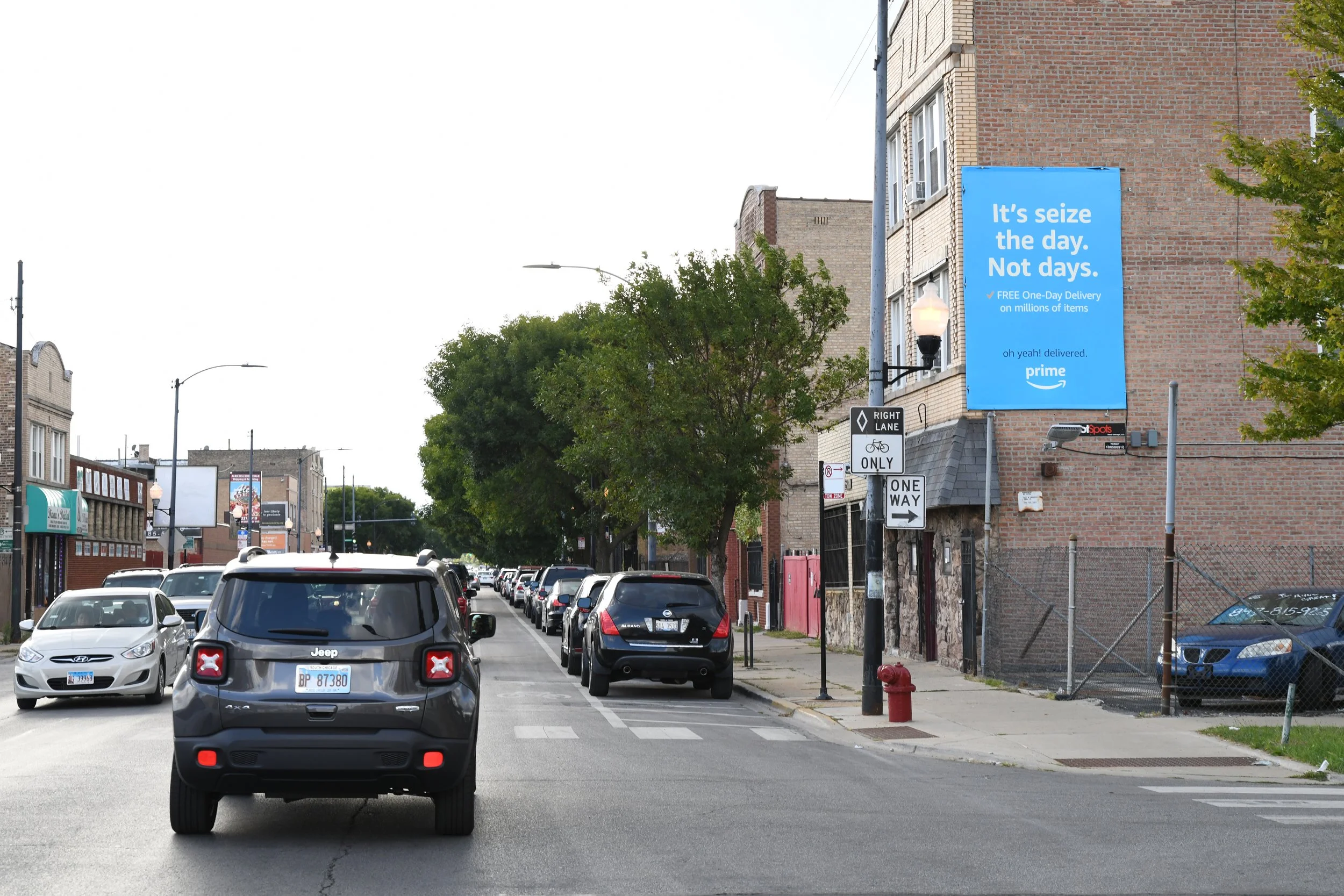

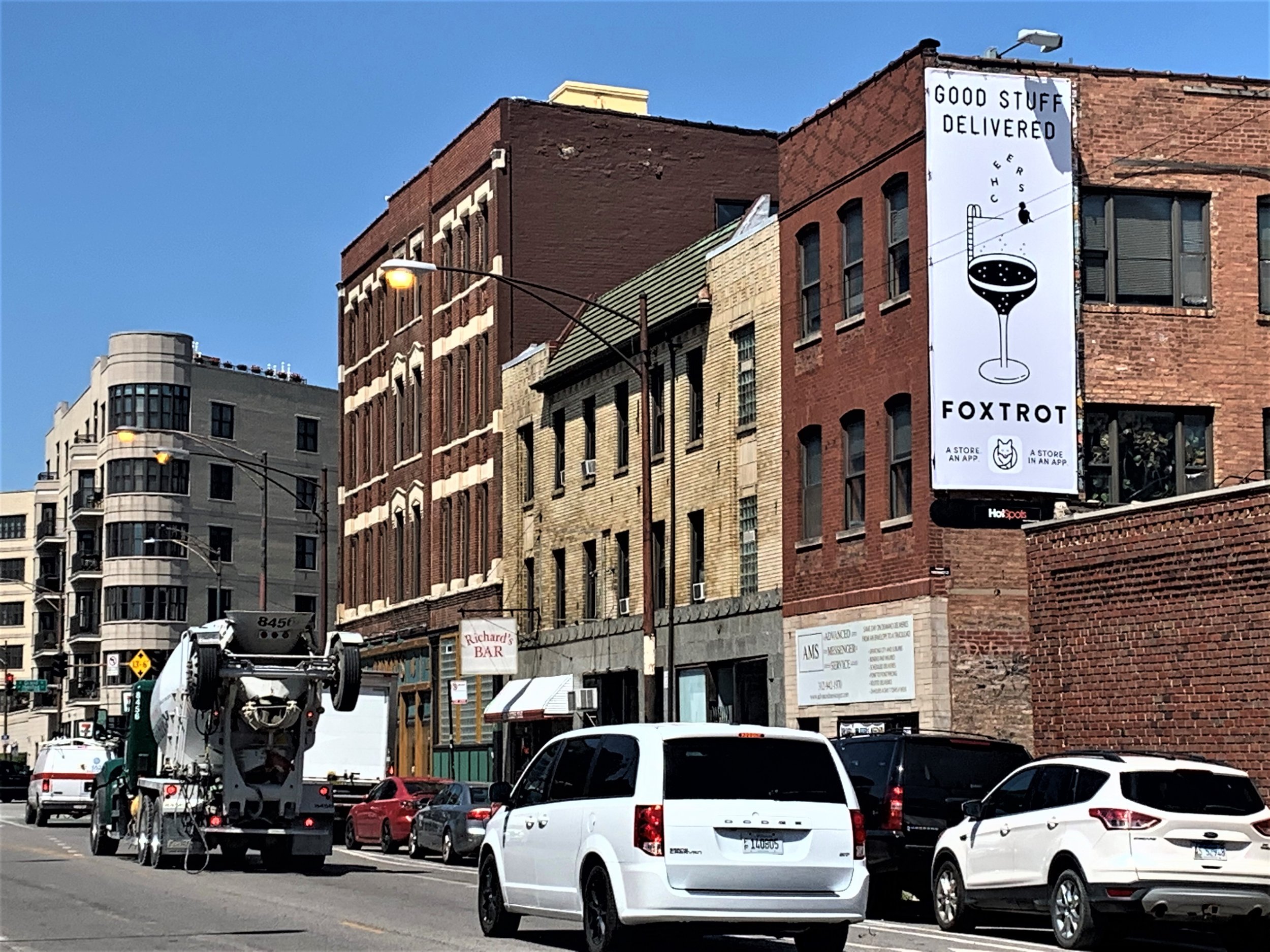

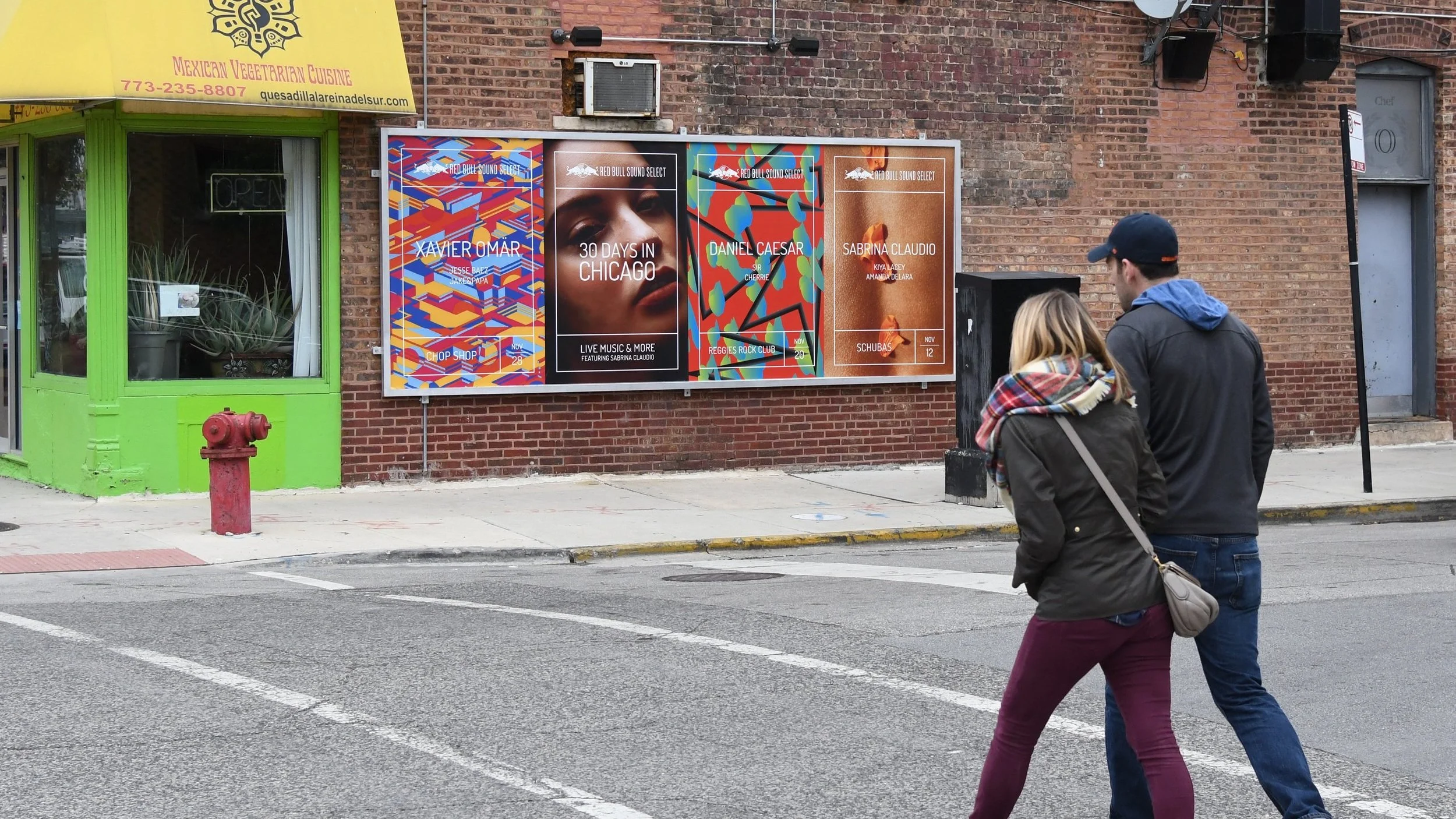



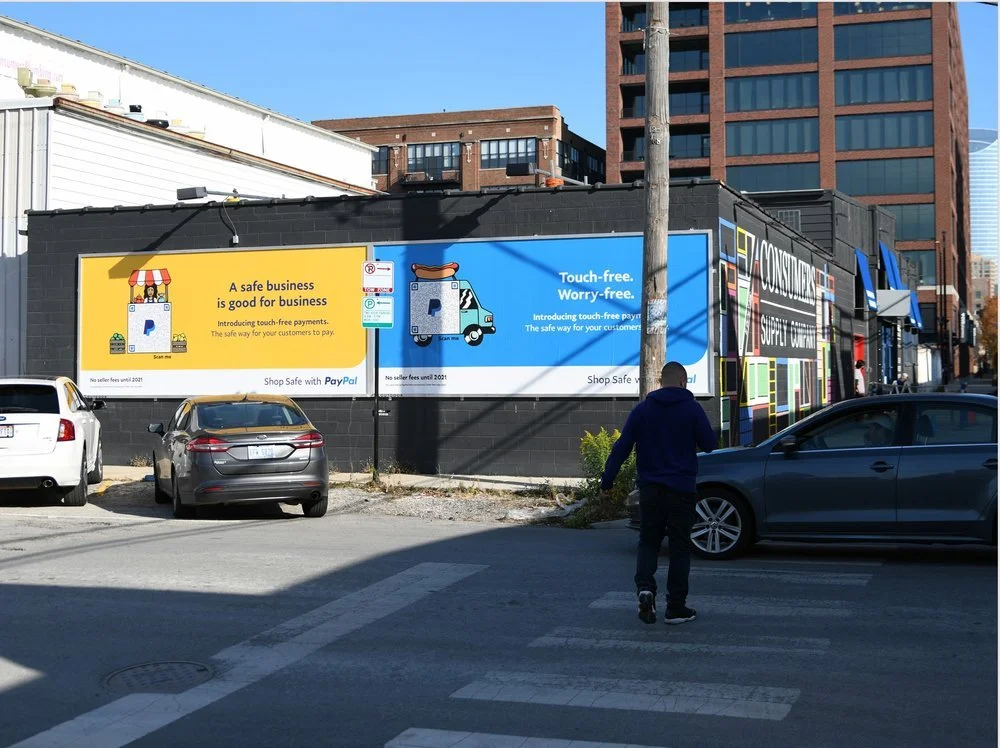
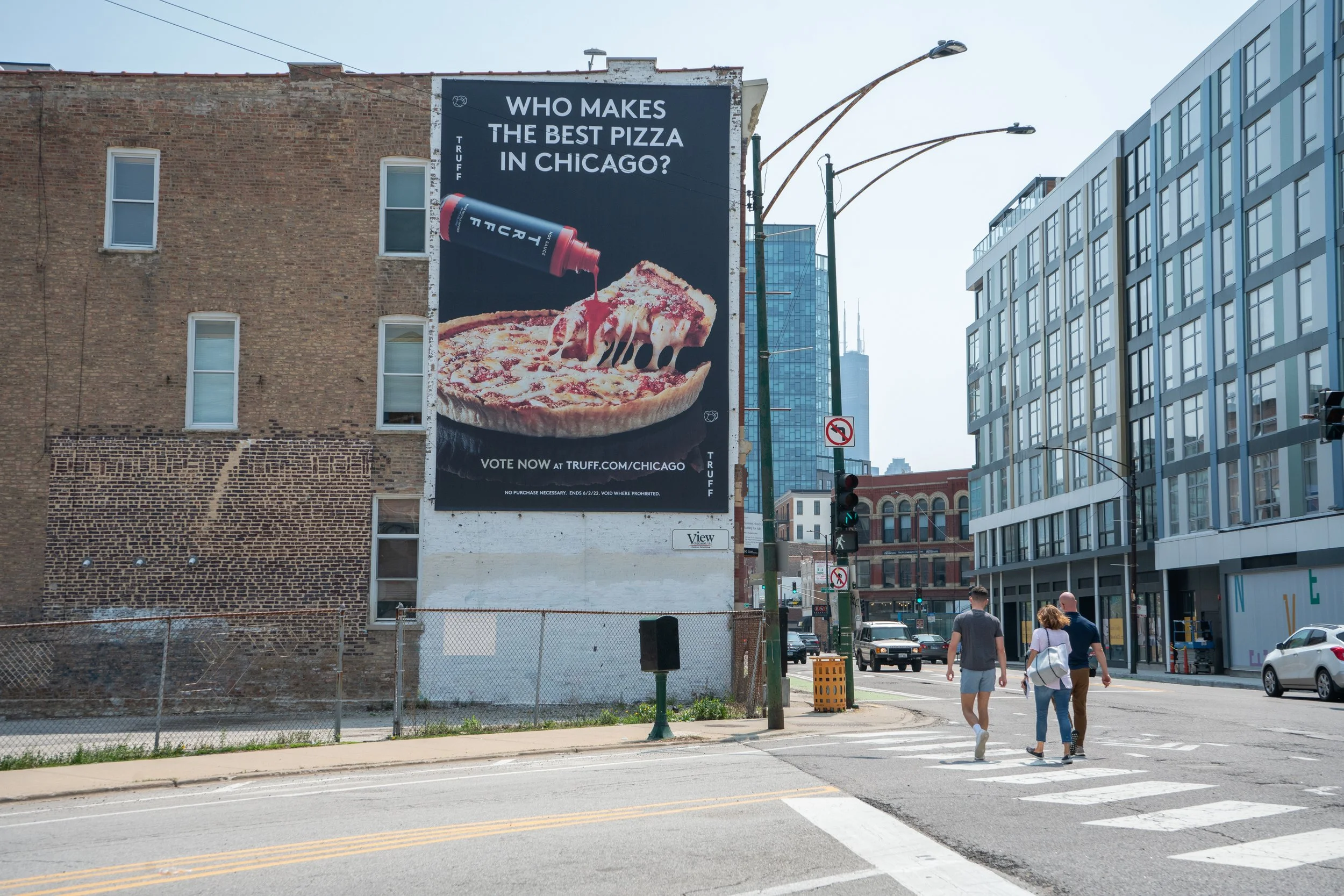
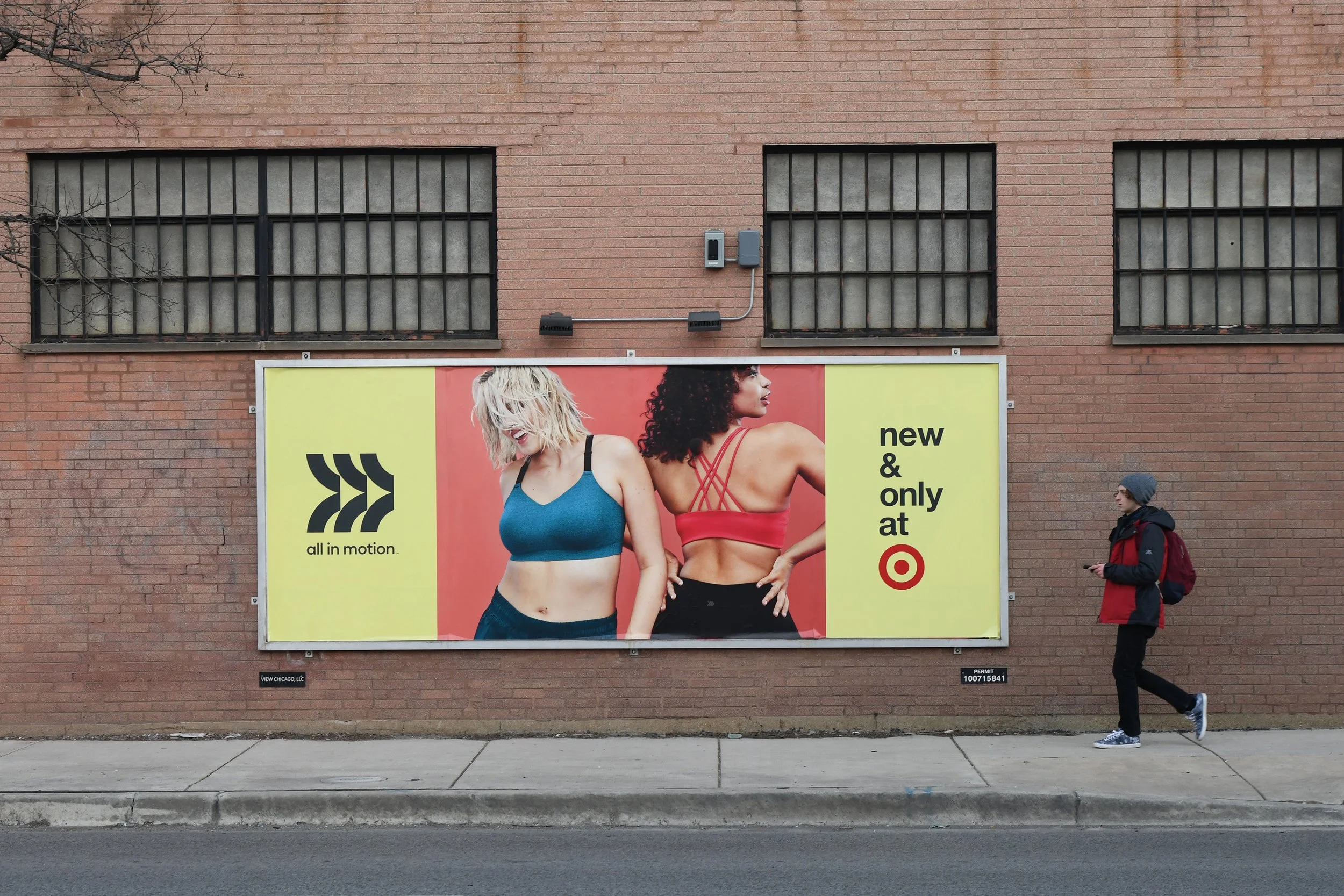


Renting a billboard is an easy process, but it’s important for billboard companies to be transparent with their pricing and how they offer the best deals for their customers. Here’s how we calculate the price of renting a billboard and some price ranges for each billboard type.